Quantum information storage is on the brink of a revolution, with breakthrough materials now offering new ways to store quantum data reliably and non-volatilely. Innovations such as phase-changing quantum materials and the unique layered substance chromium sulfide bromide could drastically improve how quantum bits, or qubits, are preserved. These advances could unlock the full potential of quantum computing, impacting diverse fields from medicine and cybersecurity to artificial intelligence.
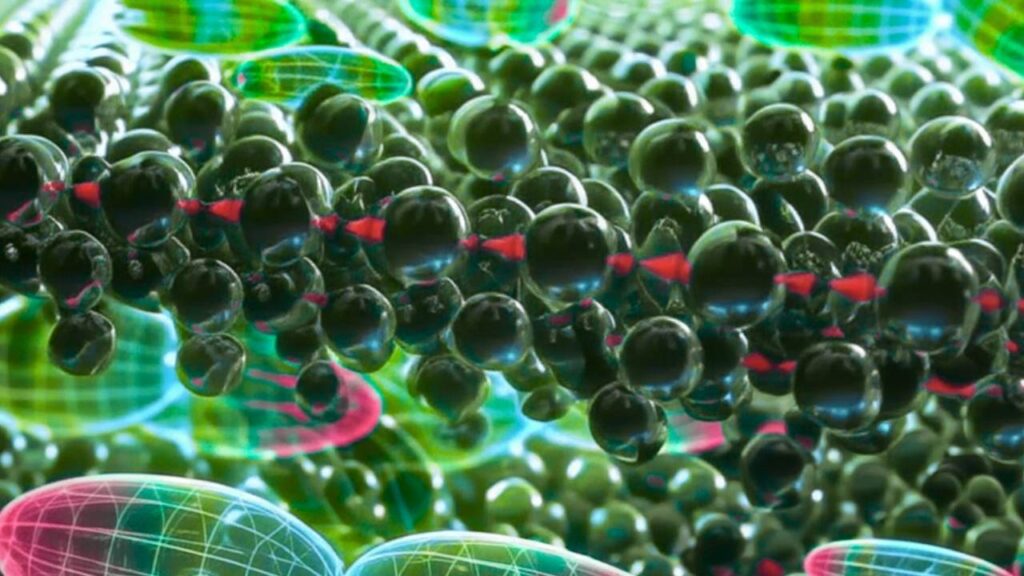
Quantum information storage works by maintaining the fragile quantum states of qubits, which can represent both 0 and 1 at the same time—a quantum property called superposition. However, these quantum states are vulnerable to decoherence, where environmental interference causes the quantum information to degrade quickly. Finding materials and techniques that protect qubits from decoherence and retain their states longer is critical for building practical, scalable quantum computers.
Table of Contents
Breakthrough Material Could Become the Future of Quantum Information Storage
| Aspect | Details |
|---|---|
| Breakthrough Material Types | Phase-changing quantum materials; chromium sulfide bromide |
| Main Advantage | Non-volatile quantum memory; longer coherence times; reduced decoherence |
| Coherence Improvements | Superconducting qubits with coherence times up to 0.6 milliseconds; advanced material designs lower quantum noise |
| Applications | Drug discovery, cybersecurity, quantum sensing, scalable quantum computing |
| Research Institutions | Rice University, Applied Materials, University of Cambridge, University College Cork, SQMS Nanofabrication Taskforce |
| Reference | National Institute of Standards and Technology (NIST) |
The discovery and development of phase-changing quantum materials and chromium sulfide bromide represent landmark advances in the quest for practical quantum information storage. With breakthroughs enabling non-volatile, longer-lasting qubit memory and enhanced coherence, the realization of scalable, error-resilient quantum computing is becoming tangible. As these materials and engineering techniques continue to mature, they promise to revolutionize computing and open exciting new pathways for innovation across industries worldwide.
Understanding Quantum Information Storage: A Complete Guide
What Is Quantum Information Storage?
Unlike classical computers that store information in bits of 0 or 1, quantum computers use qubits that can simultaneously be 0 and 1, thanks to superposition.
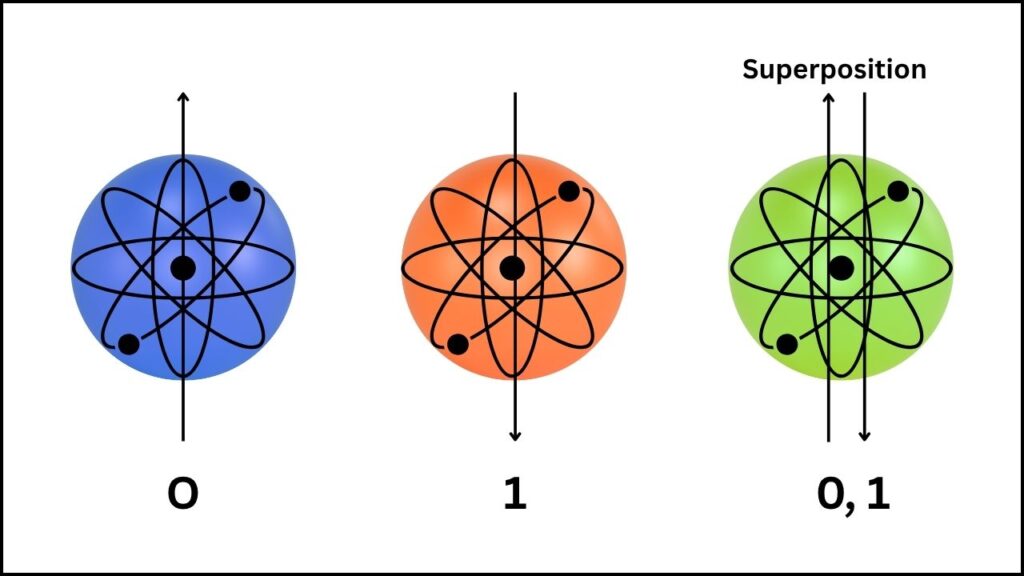
This ability vastly increases computational power, enabling quantum computers to tackle complex problems that classical machines cannot. However, this also makes qubits extremely sensitive to interference, causing decoherence—a process that quickly destroys the quantum information, limiting practical use.
Why Is Decoherence Such a Critical Challenge?
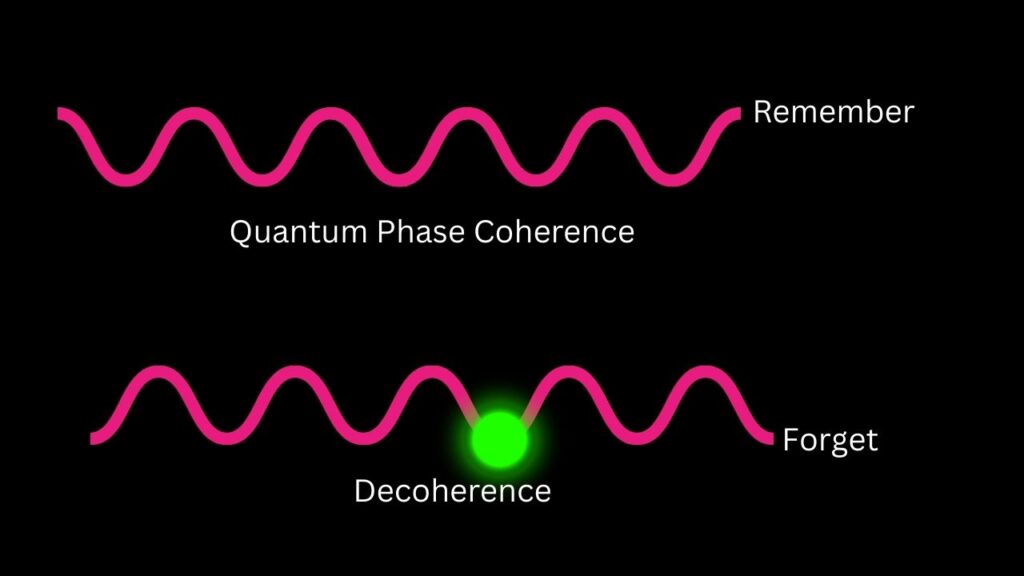
Decoherence affects how long a qubit can reliably hold quantum information, often reducing coherence to microseconds or milliseconds. Practical quantum computers require qubits with longer coherence times to perform useful calculations and retain quantum states even when powered off (non-volatile storage). The race is on to find materials and technologies that make this possible.
Breakthrough 1: Phase-Changing Quantum Materials
A major step forward comes from Rice University, where scientists discovered a phase-changing quantum material. This material can switch between two electronic phases using heat, similar to how rewritable DVDs store digital bits. These phases create topologically protected quantum states — quantum configurations that are inherently resistant to decoherence and errors.
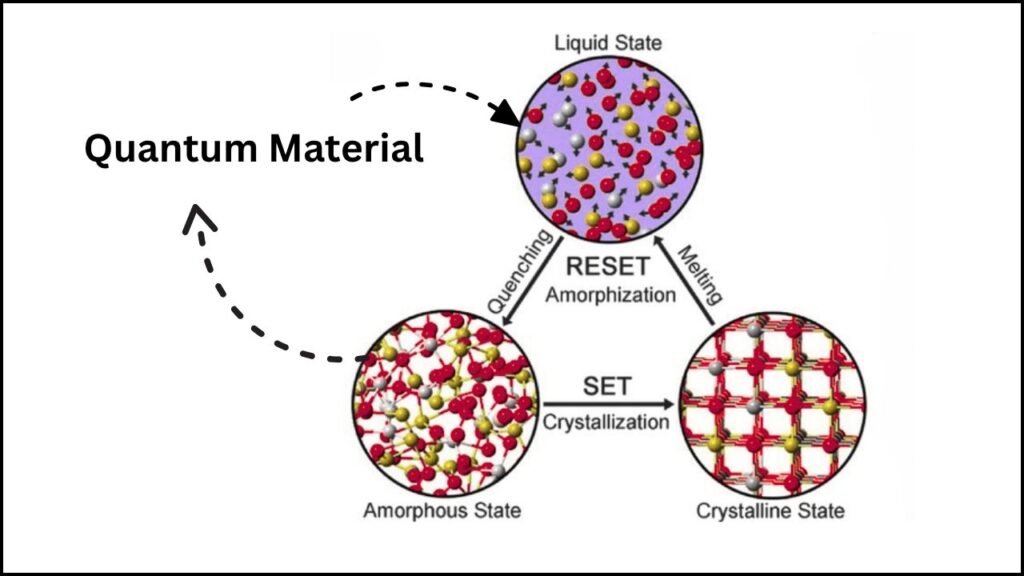
This phase-changing material allows quantum bits to be stored non-volatilely, meaning qubits can retain their information even when the quantum computer is powered down. This breakthrough paves the way for flashlike quantum memory devices that promise greater stability and longer retention of quantum data.
Breakthrough 2: Chromium Sulfide Bromide — The Quantum “Miracle Material”
Another exciting advancement is chromium sulfide bromide, a layered quantum material often compared to filo pastry due to its unique atomic structure. Its design allows quantum information to be stored using magnetic switching in a single dimension, limiting decoherence by isolating the quantum states.
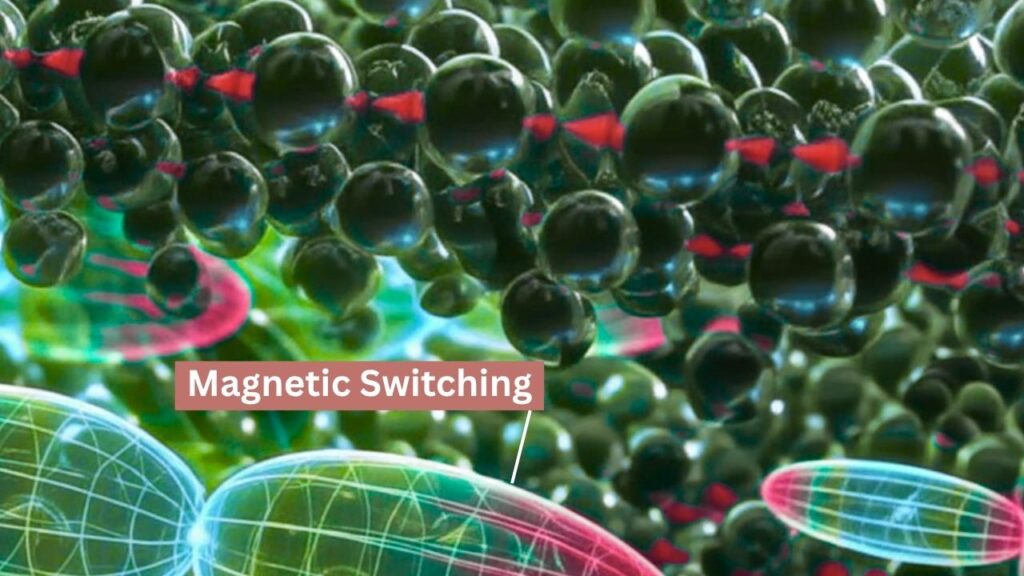
What makes chromium sulfide bromide particularly promising is its ability to harness multiple quantum properties — electrical charge, magnetism (spin), photons (light particles), and phonons (sound vibrations) — offering versatile ways to store and manipulate quantum information. This material could enable new quantum sensors, larger quantum memory capacities, and more robust quantum computing platforms.
Improving Qubit Stability Through Materials Engineering
Beyond new materials, engineering approaches are rapidly improving how qubits maintain coherence:
- The Superconducting Quantum Materials and Systems (SQMS) Nanofabrication Taskforce has pushed superconducting qubit coherence times up to 0.6 milliseconds by optimizing qubit designs and surface treatments.
- Coatings like gold or tantalum are applied on superconducting niobium surfaces to reduce lossy oxide formation, a leading cause of decoherence.
- Researchers explore alternative superconducting materials and refine Josephson junction fabrication (key elements in superconducting qubits) to push coherence limits further.
- Reducing fabrication steps and applying sidewall capping techniques enhances device reliability and scalability, critical for next-generation quantum computers.
How These Advances Affect Industry and Society
Longer coherence times and non-volatile quantum memory have transformative potential across many sectors:
- Healthcare and Drug Discovery: Quantum simulations of molecular interactions accelerate new drug development, reducing time and cost.
- Cybersecurity: Quantum-safe encryption algorithms protect sensitive communications against emerging quantum threats.
- Finance and AI: Quantum algorithms optimize portfolios and machine learning models more efficiently.
- Quantum Networks and Sensors: Enable ultra-secure communication channels and highly sensitive detection of physical phenomena, influencing national security and environmental monitoring.
Practical Advice for Professionals Interested in Quantum Technologies
- Follow Materials Science Progress: The heart of quantum computing breakthroughs lies in material advances. Track research from leading institutions like NIST, Rice University, and industry leaders.
- Build Interdisciplinary Skills: Quantum computing blends physics, computer science, engineering, and materials science. Developing competence in all these areas enhances your career prospects.
- Engage in Quantum Ecosystems: Participate in communities working on quantum hardware, software, and algorithms to gain practical experience.
- Prepare for Quantum-safe Strategies: For cybersecurity professionals, understanding evolving quantum-safe cryptography is essential as quantum machines mature.
Quantum Teleportation Achieved on a Chip — A Major Leap Toward Modular Quantum Computers
Diamond Precision May Be the Key to Scalable Quantum Devices, Scientists Say
Quantum Scientists Just Built a Whole New Kind of Math — And It Could Rewrite Cryptography
FAQs About Breakthrough Material Could Become the Future of Quantum Information Storage
Q: What makes phase-changing quantum materials important for quantum memory?
A: They allow toggling between stable quantum states by heat, offering non-volatile quantum storage with resistance to decoherence-related errors.
Q: How does chromium sulfide bromide improve quantum data retention?
A: Its layered atomic structure enables magnetic switching in a single dimension, reducing decoherence and allowing storage through multiple quantum properties.
Q: Are these materials available for commercial use today?
A: These materials and techniques are primarily in research stages but are rapidly moving towards commercial readiness thanks to advances in materials engineering.
Q: What is the typical coherence time of current qubits?
A: Recent developments have pushed superconducting qubit coherence times up to 0.6 milliseconds, a significant improvement over previous microsecond ranges.
Q: Where can I stay updated on quantum materials and computing technologies?
A: Reliable sources include the National Institute of Standards and Technology (NIST), Applied Materials, and major university research centers specializing in quantum science.



















